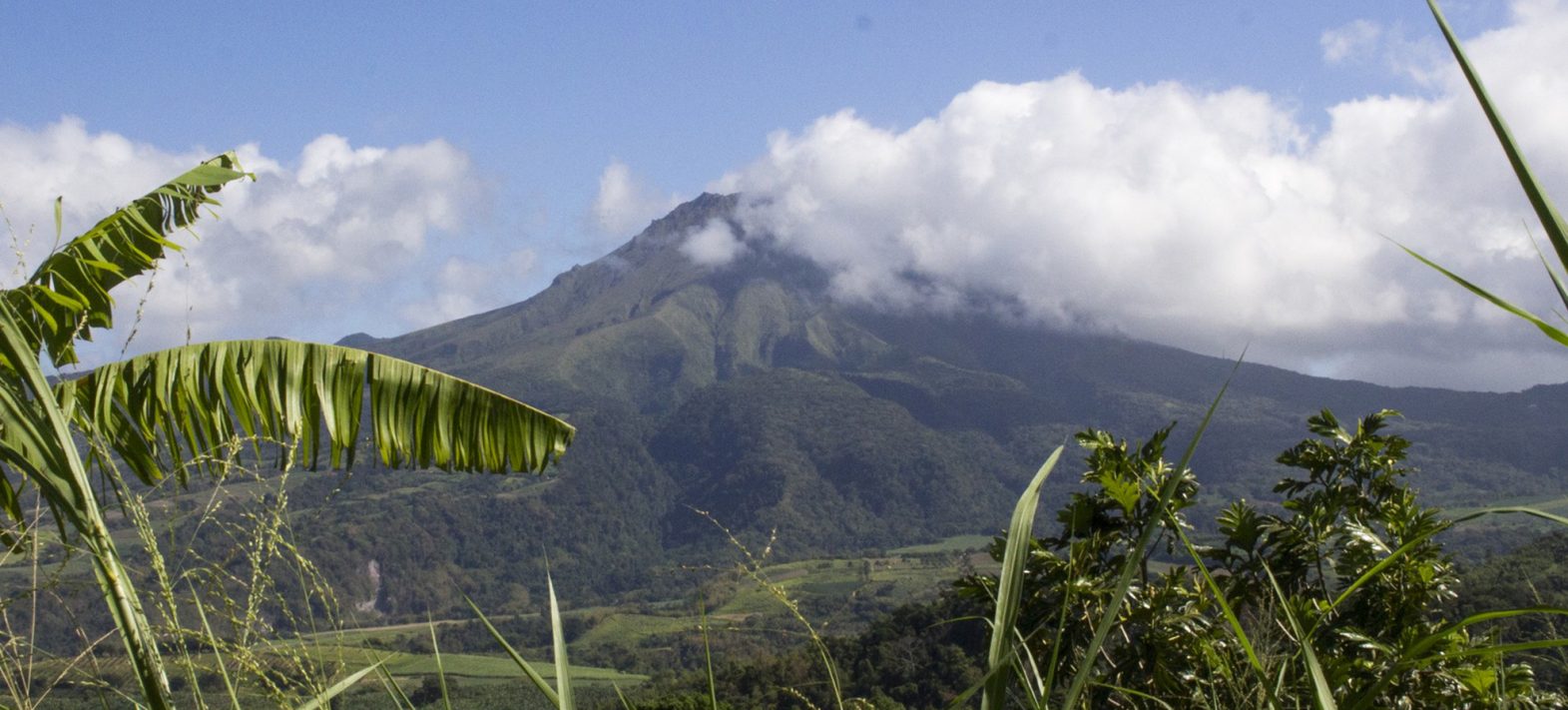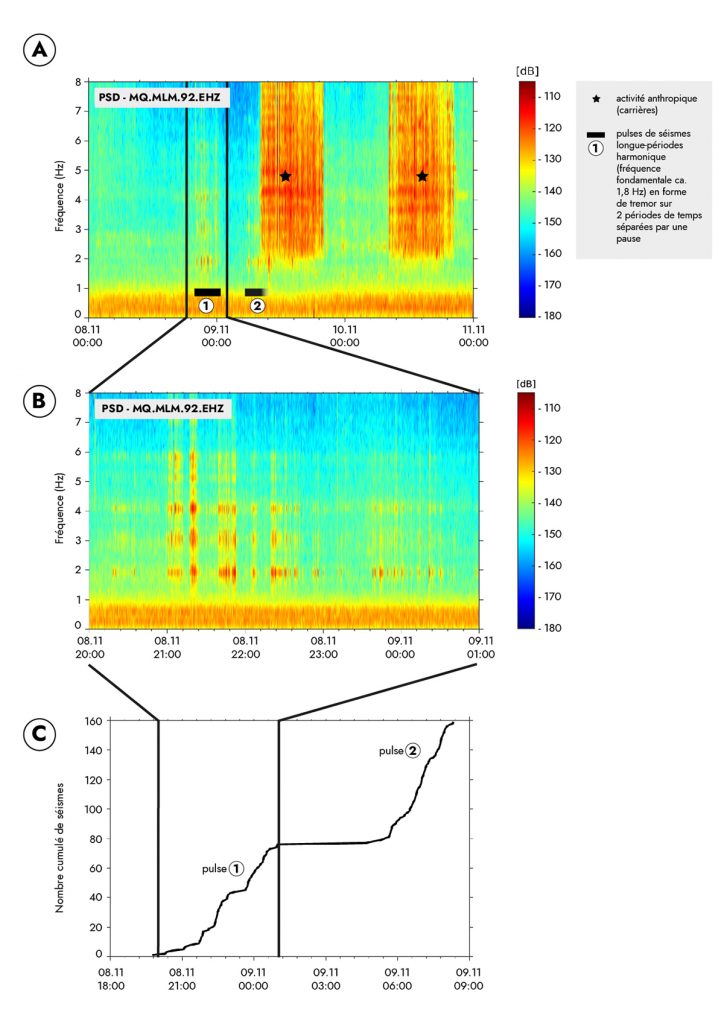OVSM-IPGP recommends Mount Pelée to be placed under yellow volcanic watch
On Thursday December 3rd, the Martinique Volcanological and Seismological Observatory of the IPGP (Institut de Physique du Globe de Paris, CNRS) sent an explanatory note to the Prefect of Martinique, recommending that Montagne Pelée be upgraded to yellow volcanic alert (2nd alert level on a scale of 4).

Mount Pelee © IPGP
Publication date: 04/12/2020
General public, Observatories, Press, Research
Related observatories : Volcanological and Seismological Observatory of Martinique (OVSM-IPGP)
Related themes : Natural Hazards









